...opportunities and resources for people to succeed.”
Little describes employee ownership as “the glue that keeps us together.”
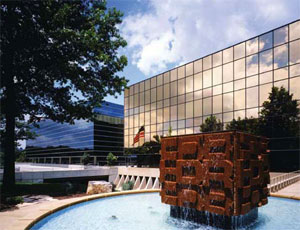
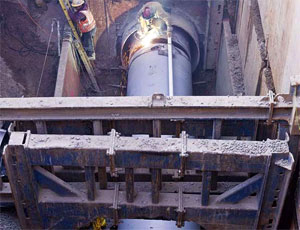
Bell says that HDR’s belief in the value of its people includes those on the edge; those that are part of acquisitions. He adds that a major goal of management is to “never lose any people. We want people [not just] to believe in the HDR dream, but to come and make it better.”
Little says: “We’re making key acquisitions, pulling key capabilities together with ours, but we’re really trying to integrate. We’re making multiple small acquisitions because we don’t want to lose anybody.”
Continuing Growth
Today, through growth and acquisitions, HDR has employee-owners in 185 locations worldwide, including nearly 600 professionals in Colorado, Idaho, Montana, Utah and Wyoming. A Colorado Springs location, with 40 employees, was the first office opened outside of Omaha.
The company takes great care to make neither employees nor clients feel lost in the shuffle of such a large deck. For employees, that is seen in the importance management places on employee ownership. For clients, the benefits of HDR’s global reach, depth of personnel and broad expertise are packaged in local offices that appreciate local concerns.
As the company’s capabilities and reputation continue to expand, so does HDR’s already-long list of noteworthy projects. In addition to the Hoover Dam Bypass project (detailed in accompanying sidebar) the list includes: the University of Colorado Hospital Anschutz Inpatient and Outpatient Pavilions (totaling more than 1.24 million sq ft); the 12-story, 200,000-sq-ft Banner Bank Building in Boise; Cleveland Clinic Abu Dhabi Hospital, United Arab Emirates, estimated to be more than 2.3 million sq ft and called the “hospital of the future;” a National Institute of Standards and Technology Advanced Measurement Laboratory in Gaithersburg, Md.; TransCanada Corp.’s 900-MW, natural gas-fired, combined-cycle power plant in Oakville, Ontario; the Platte West Water Treatment Plant in Omaha (100 MGD); and the North Campus Treatment Facilities and Conveyance System elements for the Prairie Waters project in Aurora, Colo.
Despite a sluggish economy, Bell says HDR has continued its pattern of overall growth. “We’re proud of our management teams,” he says. “They’re making important decisions to move forward. We’re positioning ourselves for the future.”
For HDR, the future also loops back to include time-tested values—or as Bell says, “back to basics.” Founder H.H. Henningson instilled such HDR hallmarks as a respect for people and a desire to meet their needs, and a lifelong dedication to “work well done.” And Bell says, “We haven’t forgotten our roots.”

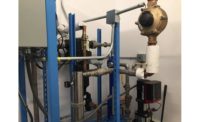
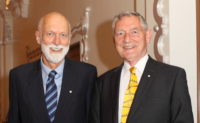
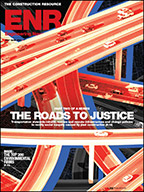
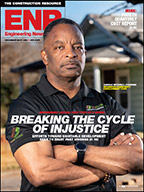
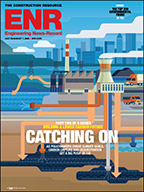
Post a comment to this article
Report Abusive Comment